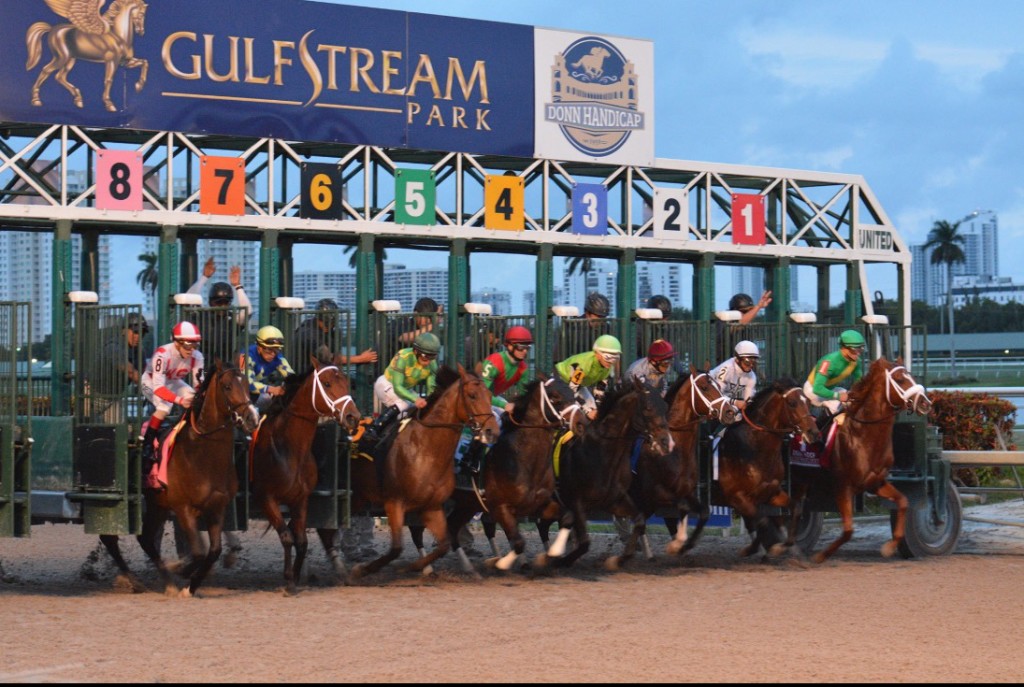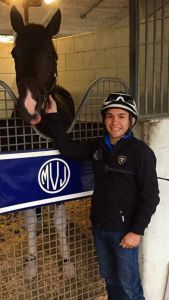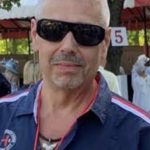
We have all heard the saying, class tells. It’s true in many aspects of life, not just horse racing. Today we will talk about it in terms of horse racing. Along with the run up and turf rail distance, class is, in my opinion, one of the most overlooked and underrated aspects of handicapping. Sure we throw terms around like too cheap, and class of the race, but what does it really mean and how does it affect a race?
In our ever changing and evolving game, how we identify and recognize class must change as well. It all starts with the condition book when it comes to handicapping. Many handicappers have never seen or read a condition book. My suggestion is, if you have never seen one, that you download one online from one of the many tracks that offer them, or you stop in the racing secretary’s office and pick one up next time you are at the races. There is a reason the conditions of a race are the first thing listed in most past performances, and so many handicappers never bother to read them or look at them as an afterthought. They are the first thing I read.
Most of us have heard it said one way or another, a good trainer or jockey agent has to be a master at reading the condition book. Frankly, I’ve never found it that difficult. When I took the jockey agent exam years ago at Belmont, I had little difficulty with the condition book questions, which made up a large part of the exam. The conditions of a race tell us what types of horses are eligible, or, for that matter ineligible, to run in that specific race. It will also tell you how much weight a horse has to carry. Pretty important to know and not just for horseman, but handicappers alike. Further, once you master it, you will find angles on horses who are classier than others, but sneakily fit into the conditions of a race. An edge! Sometimes it can be a matter of time as in not winning a race since a specified date, or at a specified level.
Class is one of those things in racing that we see, and recognize, but is so interesting to explore. Sort of like breeding, and how speed horses will produce speed horses, closers will produce closers, turf horses will produce turf horses etc. Where it gets really interesting is when we still see it, but no longer have genetically acceptable explanations. For example, when horses who loved Saratoga produce horses who love Saratoga. I love breeding and have a good memory, and do my homework with the help of Formulator. Rest assured I’ve cashed my share of tickets on horses first time over Saratoga, because I knew there were Spa lovers in the family.
I remember first learning about class in racehorses. One of my favorite examples is the fast $12,500 ultra consistent claimer, against the blue blooded graded stakes horse. The claimer runs 6 furlongs or three quarters of a mile in 1:10 and change almost every time he goes to the gate. He runs against the stakes horse and time wise and maybe even figure wise he may look competitive, but they run the race in 12 and change and the stake horse wins. Class tells. It used to be much easier to use this example, but as we know, the game has changed. Widespread liberal Lasix use on non or mild questionable bleeders amongst other things have factored their way into this once high percentage example. In the long run though, class still tells and there are ways to use it in everyday handicapping.
Horses for racing purposes get broken down to different classes or levels. Back in the day there were not nearly as many conditions as we see today. Racing secretaries have had to become extremely creative in order to fill races. To their credit they have created unique conditions which create more opportunities for horses to run, and to the better of the astute bettor, more opportunities to find hidden class edges.
Back in the day, we had straight Maidens, or Maiden Special Weight races where the only differentiating factors were age, sex, and weight carried. Bear in mind those differentiating factors come into play in most conditions and should be looked at. You want to know if a 4 year old maiden is running against three year olds. Then we had our Maiden Claimers, Allowance or Conditioned races, as in 3 year olds which have never won a race other than maiden, claiming, or starter. Those progressed to what was referred to as non winners of 2 other than and 3 other than and rarely but sometimes even 4 other than. The Maiden Special Weight horses were where most stakes horses began their careers and that remains true today. This created the angle which still often holds true, the biggest drop in racing is from Maiden Special Weight races to Maiden Claimers. You don’t know what type of horse you can face in a Maiden Special Weight race.
Then we had our regular Claimers which were differentiated by not only age, sex, and weight, but by claiming price. That was easy, a $25k claimer was running against tougher or “classier” horses than a 10k claimer. Then we had our Starter Handicaps, for horses who have won for or raced for a designated claiming price, but were no longer eligible to be claimed while in a Starter race. We moved on to listed Stakes, and Graded Stakes with Grade 1 being the creme de la creme.
It was easy to differentiate class, and horses moving up or down in class jumped off the page. It is no longer that way and for the bettor, as well as owners and trainers, this has proven to be a good evolution. There are more races to run in and more hidden opportunities in all these newer innovative conditions.
Let’s start with an easy example. A race for 3 year olds and upward (older) with a 16k claiming price is open to any 3 year old or older horse whose connections are willing to risk losing their horse for that price. It doesn’t matter how many previous races the horse won, or technically if the horse ever won, as a maiden can run against winners. Obviously you can catch horses who have won multiple races, are dropping down in class and have run against better, or even horses older and more seasoned than perhaps yours. Yours can mean for betting or even as an owner. This race can come up pretty salty. Now change the conditions to 3 year olds and upward, which have never won 2 races in their lifetime, with the same 16k claiming price. Now take one horse coming out of the former conditions and one coming out of the latter, and assume both are entered in an open 16k claimer. By open, we refer to the former conditions, less restrictions on eligibility. On the surface it appears both horses are coming out of 16k Claimers and similar races. If you don’t know your symbols like “N2L” or read the conditions, you may not realize one horse is taking what many would call a significant class drop.
Things get complicated from there. There are so many different conditions used to fill races. For example, take the 25K optional claimer where there can be horses who have never won a race other than maiden, claiming, or starter (also known as non winners of a race other than) entered with no claiming price but meeting those other conditions, and horses who are running with a 25k tag. These horses can be tough, multiple race winners, but I give the edge or class advantage to horses who ran in straight non winners of a race where no claiming horses are present. That’s a subjective matter of opinion and mine may be somewhat old school, but in the long run I am comfortable with it.
Things really get complex in trying to identify class edges when you start adding things like “for horses who haven’t won at a mile since June 1st 2015”. This is where you can find horses who sometimes sneak in by a matter of days. None of this is a shortcut for handicapping and doing your homework but class tells, and you should know how to recognize it. It starts with reading and understanding the conditions of a race.
High Five
This week the high five goes to up and coming young rider Nik Juarez. Nik kept the mount on Valid, in The Donn at Gulfstream last Saturday, a Grade 1 and prestigious race. I’m sure trainer Marcus Vitali had a decent size choice of riders. He stuck with Nik and he delivered a fine ride which likely got the horse second. Everyone expected Valid to set the pace but Nik knows his big horse, and knew he could sit or rate which would help with the 1 1/8th distance. Nik reversed the expected roles and sat off Chad Brown’s horse, and was able to rally Valid and ride hard for the place. What was really nice to see was Nik’s appreciation of his big horse’s effort as seen below the morning following The Donn. Here’s to many more big horses for Nik Juarez.


Low Five
Florida weather, it’s freezing ( said in shorts and flip flops )




